Top Things to Know Before Buying a Backyard Fence: Cost Considerations
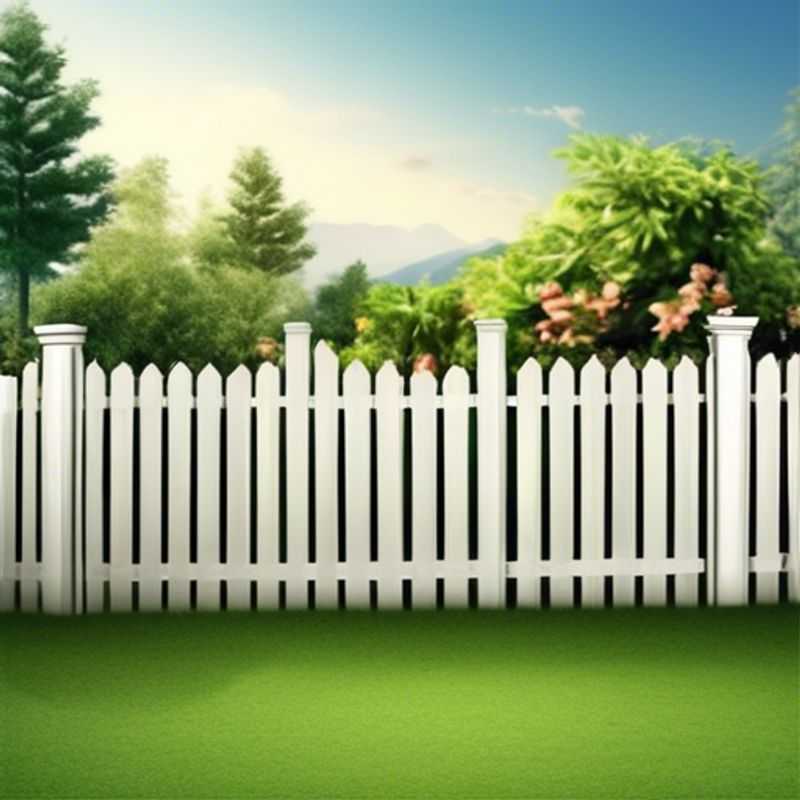
Top Things to Know Before Buying a Backyard Fence: A Breakdown of Costs
Before you dive into the exciting world of backyard fence shopping, it's essential to equip yourself with some key knowledge to make informed decisions and ensure a smooth, cost-effective process. Let's break down the top things to consider before you commit to a fence:
1. Determine Your Fence's Footprint: Think of your backyard as a puzzle. The first piece? Figuring out the exact dimensions and layout.
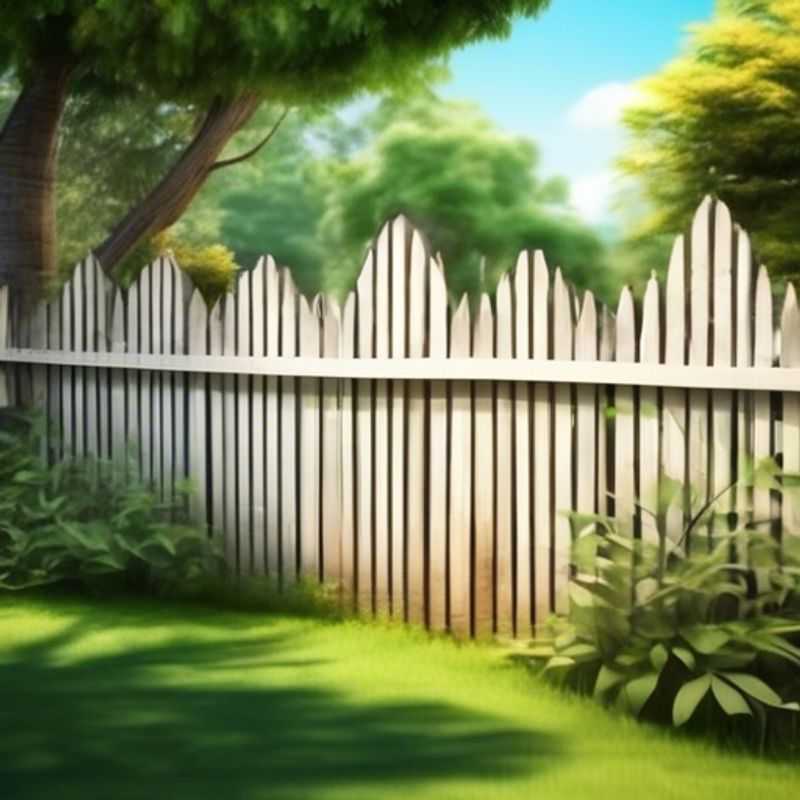
Measure Your Backyard for the Perfect Fence: A Step-by-Step Guide
Before installing a fence, it's vital to accurately calculate the necessary fence length. This ensures you purchase the right amount of materials and avoid costly overruns. Let's break down the process for determining your backyard's size and layout to estimate the fence length.
Step 1: Measure Your Yard
Start by measuring the perimeter of your backyard. Use a measuring tape and mark each corner of your yard. If your yard isn't perfectly rectangular, you'll need to measure each side separately. Remember to account for any curves, angles, or existing structures that might impact the fence's path.
Step 2: Create a Sketch
Draw a simple sketch of your backyard, including the measurements you've taken. This visual representation will help you visualize the fence layout and calculate the total length. If you're not confident in your drawing skills, consider using online tools or apps that can help you create a digital plan.
Step 3: Determine Fence Layout
Decide on the fence layout. Do you want a straight line fence, or will it follow a curved or angled path? Consider any existing structures, like a house or shed, and factor those into your planning. This step will help you visualize the fence's length based on its configuration.
Step 4: Calculate Fence Length
Add up the lengths of each side of your fence. If the layout includes curves or angles, you may need to estimate the length of these sections based on your sketch. Remember, this is an estimate; always add a bit of extra footage to account for potential errors or changes in your layout.
Step 5: Consider Gates
If you plan to install a gate(s), add the length of the gate opening to your total fence length. This is crucial for accurate material ordering, as gates usually come in specific sizes.
Step 6: Professional Consultation (Optional)
For complex layouts or if you're unsure about any aspects, consider consulting a professional. A landscaping or fencing specialist can provide a detailed assessment, design, and accurate estimate for your fence project.
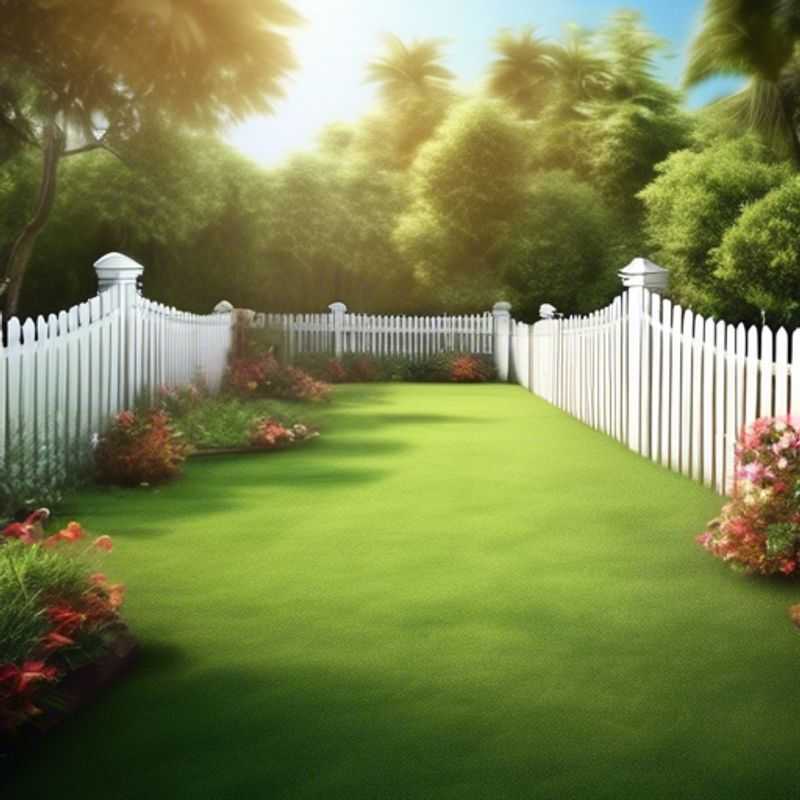
Choosing the Right Fence: A Guide to Wood, Vinyl, and Metal Materials
Choosing the right fence material can be a big decision, as it impacts both the look of your property and your budget. Let's break down the most popular options: wood, vinyl, and metal.
Wood: Wood fences are known for their classic look and natural appeal. They offer good privacy and sound insulation. However, wood requires regular maintenance, including staining and sealing, to prevent rotting and insect damage. The cost of wood fencing can vary greatly depending on the type of wood and the complexity of the design. Expect to pay between $15 and $40 per linear foot for a basic wood fence.
Vinyl: Vinyl fencing is becoming increasingly popular due to its low maintenance requirements. It's resistant to rotting, insects, and moisture. Vinyl fences come in various colors and styles, but they may not be as aesthetically pleasing as wood. While more expensive than wood initially, the long-term savings on maintenance can make it a good investment. Vinyl fencing typically costs between $20 and $50 per linear foot.
Metal: Metal fences are durable and long-lasting, offering excellent security and privacy. They come in various materials, such as aluminum, steel, and wrought iron. Metal fences can be more expensive than wood or vinyl, but they require minimal maintenance. Metal fencing costs can range from $25 to $75 per linear foot, depending on the type of metal and the design.
Remember, these are just estimates. The final cost of your fence will depend on the specific material, style, height, and the installation complexity. It's always a good idea to get quotes from multiple fence contractors to compare prices and services.
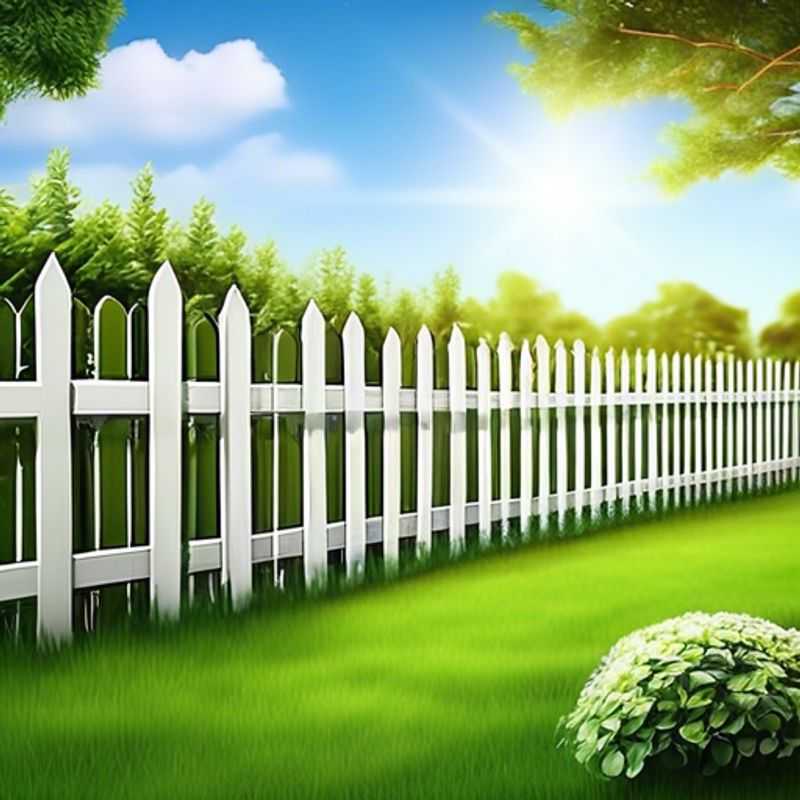
Choosing the Right Fence: Durability, Maintenance, and Aesthetics
Choosing the right fence can be a big decision! To make the best choice, consider these important factors: durability, maintenance requirements, and aesthetic appeal.
Durability means how long your fence will last. Wood is beautiful but needs regular maintenance like staining and repairs. Vinyl is low-maintenance but can fade in strong sun. Metal fences are strong and long-lasting but might rust if not properly treated.
Maintenance requirements are important too. Wood fences need regular painting or staining to prevent rot. Vinyl is easier to clean, but you might need to repair cracks or chips. Metal fences typically require minimal maintenance, but you'll need to check for rust and apply a protective coating.
Finally, consider the look you want. Wood fences come in many styles. Vinyl offers a variety of colors and styles. Metal fences are often sleek and modern, but can be expensive.
Think about your budget and what you need from your fence before you start. You can get estimates from professional fence installers, but be prepared to pay for materials, labor, and any permits. Good luck!
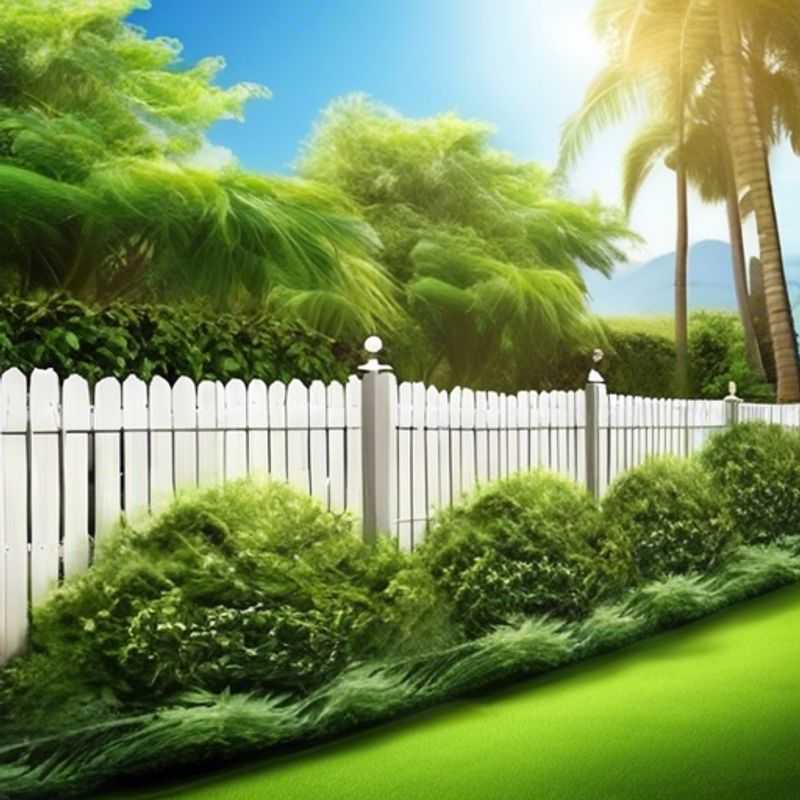
Get Multiple Quotes for Your Fence: How to Compare Prices and Find the Best Deal
When it comes to installing a new fence, getting multiple quotes from local companies is crucial to making an informed decision. Comparing prices and understanding the scope of work will help you choose the best value for your money.
To obtain multiple quotes, start by contacting several reputable fence installation companies in your area. Be sure to inquire about their experience, qualifications, and availability. When requesting quotes, provide detailed information about your project, including the desired fence type, materials, height, length, and any special features.
Ask for a detailed breakdown of the quote, including labor costs, materials, permits, and any additional fees. Remember, prices may vary based on factors such as the complexity of the project, the type of materials used, and the current market conditions. Compare the quotes carefully, considering not only the cost but also the company's reputation, warranty, and customer service.
Before making your final decision, be sure to ask any clarifying questions and review all contract terms carefully. You may also want to consider getting a second opinion from a qualified professional to ensure you're getting the best deal possible. By following these tips, you can confidently obtain multiple quotes from local fence installation companies and choose the most suitable option for your needs.
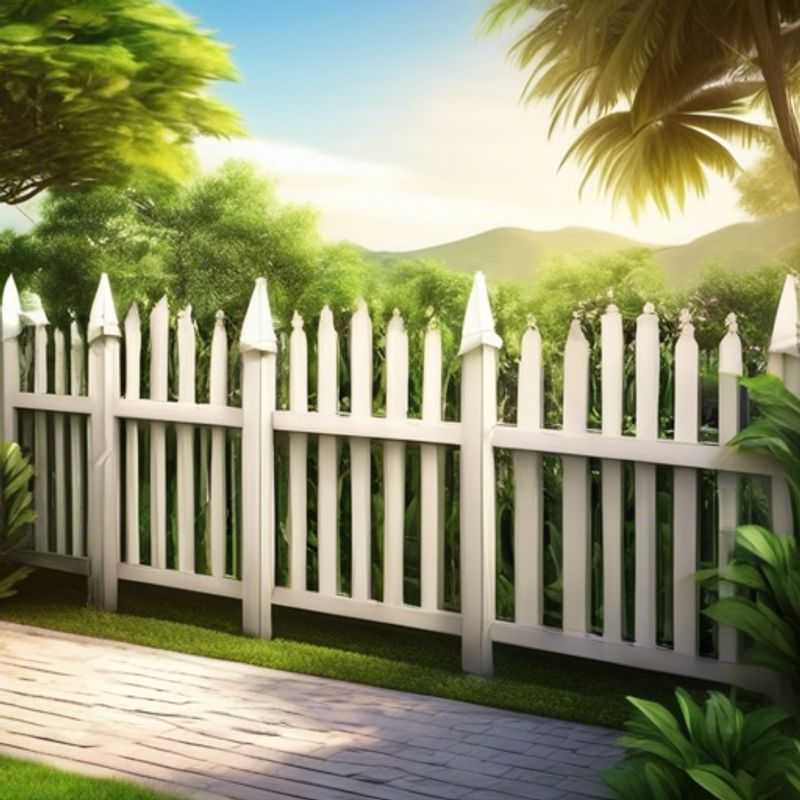
Don't Fence Yourself In: Permits and Regulations Impacting Fence Installation Costs
When estimating fence installation costs, it's crucial to factor in potential permits and local regulations. These can significantly impact your budget, so it's essential to plan accordingly. Always contact your local building department to inquire about specific requirements in your area.
Some common regulations that may influence your project include: fence height restrictions, setback requirements (distance from property lines), and material specifications. Certain fence types, like those made from specific materials or exceeding certain heights, may need additional permits or inspections.
Obtaining the necessary permits usually involves submitting applications, providing detailed plans, and potentially paying permit fees. These fees vary widely based on location and the complexity of your project.
Failing to obtain required permits can result in fines, delays, or even the need to demolish and rebuild your fence. It's always worth the time and effort to ensure your project complies with local regulations, ensuring a smooth and hassle-free installation process.
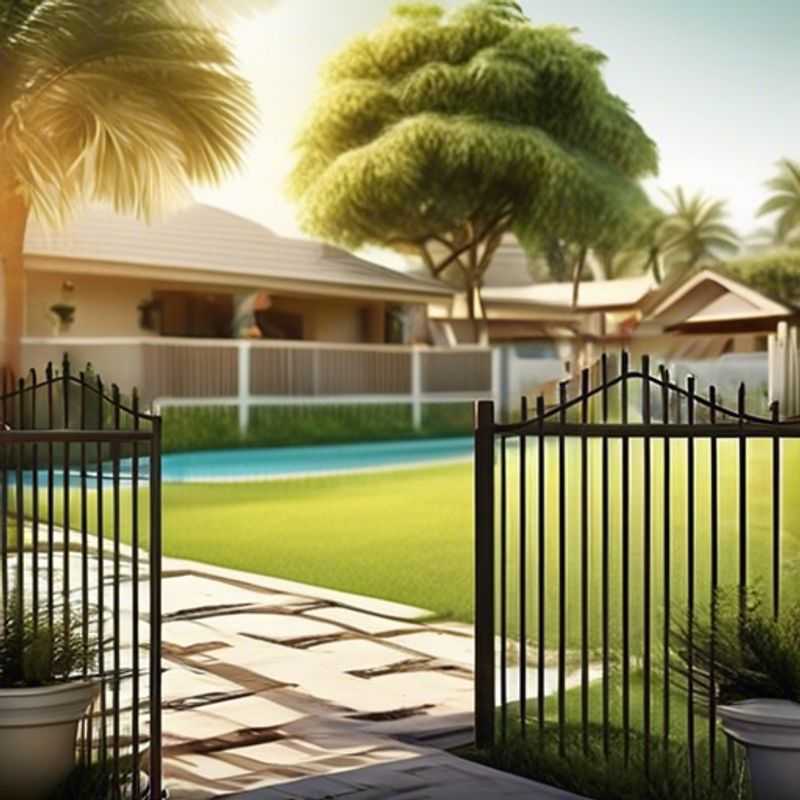
DIY Installation: Save Money and Unleash Your Inner Handyman
If you're handy with tools and have some experience with home improvement projects, consider tackling DIY installations. It can be a rewarding experience and potentially save you a significant amount of money on labor costs. Remember, you are responsible for your own safety and project success.
Here are some important factors to consider before diving into a DIY installation project:
Evaluate your skills and knowledge: Be honest about your capabilities. Some projects are more complex than others and require specific skills and expertise. If you're not confident in your abilities, it's wise to seek professional help. Research the project thoroughly: Gather information from reliable sources, including manufacturer instructions, online tutorials, and expert guides. Understanding the steps involved, necessary tools, and potential challenges will help you prepare effectively.
Cost-Benefit Analysis: While DIY can save money, factor in the cost of materials, tools, and potential mistakes. It's essential to compare the estimated cost of doing it yourself with the cost of hiring a professional.
Safety First: Always prioritize safety. Wear appropriate safety gear, follow manufacturer instructions, and work in a well-ventilated area. Be cautious of electrical wiring and plumbing, and if you encounter any difficulties, consult a qualified professional immediately.
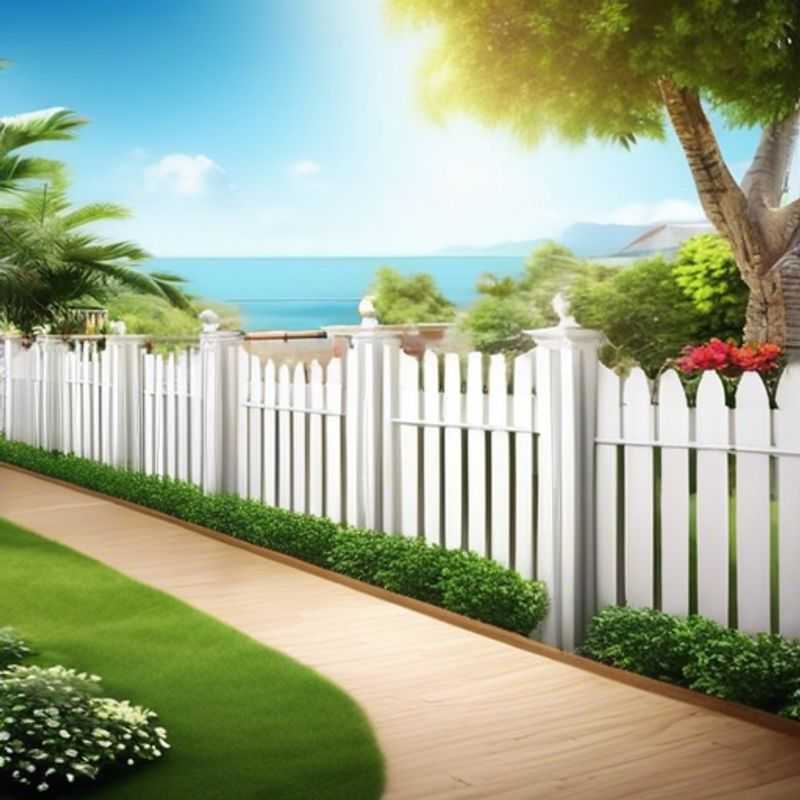
Don't Forget the Extras: Accounting for Additional Project Expenses
When planning for a project that involves site preparation, gate installation, or landscaping adjustments, it's crucial to factor in additional expenses beyond the core costs. These additional expenses can significantly impact your overall budget, so it's important to account for them accurately.
Site preparation often includes tasks like clearing vegetation, grading the land, and preparing the foundation for structures. This might involve excavation, soil removal, or the installation of drainage systems.
Gate installation encompasses the purchase of materials like the gate itself, posts, hardware, and any necessary automation components. You'll also need to factor in labor costs for installation and potentially for any specialized expertise required for the gate type you choose.
Landscaping adjustments can range from simple tasks like planting new trees or flowers to more extensive projects like building retaining walls or creating pathways. Remember to consider the costs of materials, labor, and any necessary permits.
To get an accurate estimate for additional expenses, it's advisable to consult with professionals in the relevant fields. A landscape designer or contractor can provide detailed cost breakdowns for site preparation, gate installation, and landscaping work. Don't hesitate to ask for multiple quotes to compare prices and ensure you're getting the best value for your money.
